In the bustling world of multi-pet homes, understanding the behavior of dogs becomes an essential part of ensuring a harmonious household. As more and more families choose to bring multiple pets into their lives, navigating the dynamics of these diverse relationships is key. Dogs, with their unique personalities and instinctual behaviors, can exhibit a range of reactions when they find themselves sharing their space with other animals. From establishing territories to forming bonds, the interactions within a multi-pet home are both fascinating and complex.
In this article, we dive deep into the nuances of how dogs behave in such environments, offering insights and strategies to help pet owners foster a peaceful and happy coexistence among their furry family members.
The Dynamics of Multi-Pet Homes
Navigating the dynamics of a multi-pet home requires an understanding of how dogs interact with each other and with other types of pets. These interactions are influenced by a variety of factors, from instinctual behaviors to individual personalities.
Pack Mentality in Dogs
- Understanding Pack Dynamics: Dogs are descendants of wolves and still retain some aspects of pack behavior. In a household with multiple dogs, one may take on the role of the ‘alpha,’ or leader, while others may be more submissive. Recognizing these roles can help in managing interactions and preventing conflicts.
- Influence on Behavior: The pack mentality can influence how dogs interact with each other, establish hierarchy, and communicate. It’s important for owners to understand these dynamics to ensure each dog feels secure and valued in the household.
Territorial Behavior
- Marking Territory: Dogs naturally mark their territory. In a multi-pet home, this can lead to competition and territorial disputes, especially when a new pet is introduced.
- Managing Territorial Instincts: To manage territorial behavior, establish clear boundaries and routines. Consistent rules and equal attention can help minimize feelings of jealousy or competition.
Understanding the dynamics of multi-pet homes is crucial for creating a balanced and peaceful environment. Recognizing the natural behaviors and instincts of dogs, such as pack mentality and territoriality, allows for better management of interactions and relationships within the household. By providing leadership, clear boundaries, and fair attention to each pet, owners can help maintain harmony among their furry family members.
Introducing New Pets to Your Dog
Introducing a new pet into a home with an existing dog requires careful planning and consideration. The way this introduction is handled can significantly impact the future relationship between the pets.
Initial Introductions
- Controlled Environment: Start introductions in a neutral, controlled environment to minimize territorial behavior. Avoid direct confrontation; instead, allow the pets to observe each other from a distance initially.
- Gradual Exposure: Gradually increase the exposure between the pets. Short, supervised interactions can help them get accustomed to each other’s presence without overwhelming them.
Understanding Stress Signals
- Recognizing Signs of Stress: Watch for signs of stress or aggression in both the new pet and your existing dog. These can include excessive panting, growling, stiff body posture, or avoidance behaviors.
- Adjusting the Pace: If you notice signs of stress or aggression, slow down the introduction process. Give each pet time to adjust at their own pace, and don’t force interactions.
The process of introducing a new pet to your dog should be gradual and sensitive to the comfort levels of all animals involved. It’s important to monitor their interactions closely and adjust the pace based on their responses. With patience and careful management, most dogs can learn to accept and even enjoy the presence of a new companion in their home.
Managing Competition and Resource Guarding
In multi-pet homes, competition for resources such as food, toys, and attention can lead to conflicts. Understanding and managing resource guarding and competitive behaviors is essential for maintaining peace in the household.
Resource Guarding
- Identifying the Behavior: Resource guarding occurs when a dog exhibits behaviors like growling, snapping, or blocking access to protect their resources from other pets. This can be directed towards food, toys, sleeping areas, or even human attention.
- Understanding the Cause: Resource guarding stems from a dog’s instinct to protect what they perceive as valuable. Recognizing this behavior early and understanding its root cause is crucial for addressing it effectively.
Preventing and Managing Conflicts
- Separate Resources: Ensure that each pet has its own set of resources, including food bowls, beds, and toys. Feeding pets in separate areas can help reduce tension during meal times.
- Training and Boundaries: Training your pets to understand and respect boundaries is vital. Commands like ‘leave it’ or ‘stay’ can be helpful in managing resource guarding behaviors.
- Equal Attention and Fair Play: Make sure to distribute your attention evenly among your pets. Favoring one pet over another can exacerbate feelings of jealousy and competition.
Managing competition and resource guarding in a multi-pet home requires a proactive approach that includes separate resources, clear boundaries, and fair distribution of attention. By addressing these issues with patience and consistency, you can help your pets learn to share their space and resources peacefully.
Fostering Positive Interactions

Creating a harmonious multi-pet home involves more than just managing conflicts; it’s also about actively fostering positive interactions between your pets. This can build a foundation of mutual respect and companionship among them.
Training and Socialization
- Consistent Training: Implement consistent training techniques for all your pets. This includes basic obedience training and teaching them how to behave around each other.
- Positive Reinforcement: Use positive reinforcement to encourage good behavior. Rewards, praise, and treats can reinforce peaceful coexistence and appropriate interactions between pets.
Encouraging Play and Interaction
- Supervised Play Sessions: Organize play sessions where your pets can interact under your supervision. Watch for signs of playfulness and intervene if play escalates into aggression.
- Shared Activities: Engage your pets in activities that they can enjoy together, such as walks or interactive games. This not only helps in building a bond but also in expending their energy in a positive way.
Creating a Shared Space
- Safe Spaces: Ensure that each pet has its own safe space where it can retreat if needed. However, also create shared spaces where your pets can choose to interact and bond.
- Observing Body Language: Pay close attention to your pets’ body language during interactions. This will help you understand their comfort levels and preferences, allowing you to facilitate positive experiences.
Fostering positive interactions in a multi-pet home is key to peaceful coexistence. It involves not only training and structured activities but also understanding each pet’s unique personality and needs. By encouraging positive interactions and providing a supportive environment, you can help your pets develop a friendly and respectful relationship with each other.
Recognizing and Addressing Behavioral Issues
In multi-pet homes, behavioral issues can sometimes arise due to the complex dynamics between animals. Recognizing and effectively addressing these issues is crucial for maintaining a healthy and peaceful home environment.
Identifying Behavioral Problems
- Signs of Stress or Anxiety: Look out for signs of stress or anxiety in your pets, such as excessive pacing, hiding, or changes in eating habits. These could indicate discomfort with the current dynamics in the home.
- Aggression and Dominance Issues: Aggression towards other pets, excessive barking, or trying to assert dominance can be signs of behavioral problems that need addressing.
- Changes in Behavior: Sudden changes in behavior, like a previously sociable pet becoming withdrawn, can indicate an issue within the multi-pet dynamic.
Seeking Professional Help
- Consulting a Veterinarian: If you notice persistent behavioral issues, it’s important to consult with a veterinarian to rule out any underlying health problems.
- Behavioral Specialists: For complex behavioral issues, especially those involving aggression or severe anxiety, seeking advice from an animal behaviorist or a professional trainer can be beneficial.
Implementing Solutions
- Environmental Adjustments: Sometimes, making changes to the pets’ environment can help alleviate stress. This might include providing more separate spaces or changing the way resources are distributed.
- Behavior Modification Techniques: Utilize recommended behavior modification techniques under professional guidance. This could involve training sessions, desensitization exercises, or, in some cases, medication.
Conclusion
Navigating the behavior of dogs in multi-pet homes is a journey filled with challenges and rewards. By understanding the natural instincts and needs of our canine companions, we can better manage their interactions with other pets, leading to a more harmonious home. Whether it’s through careful introductions, managing resources, or fostering positive interactions, the key lies in patience, observation, and consistent training. Every pet, just like every human, is unique, and learning to accommodate their individual personalities and needs is crucial.
Remember, the goal is to create an environment where all your pets feel safe, loved, and part of the family. With time, patience, and the right approach, your multi-pet home can be a thriving hub of companionship and joy.







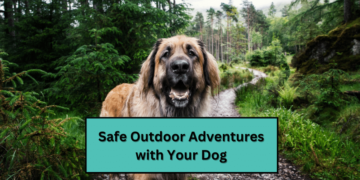




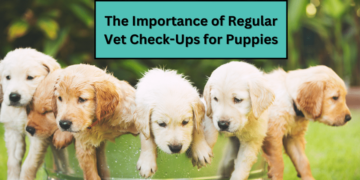


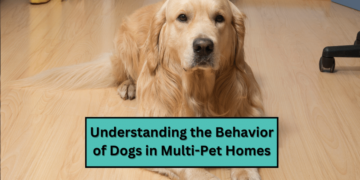
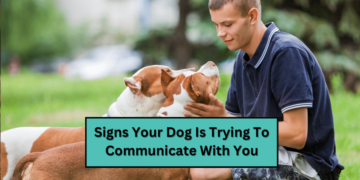
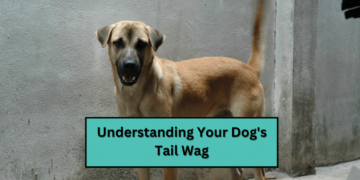

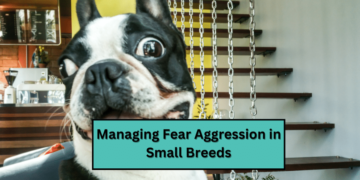
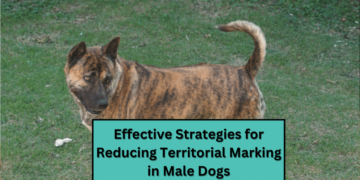
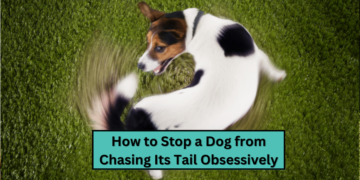

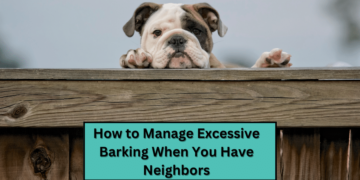


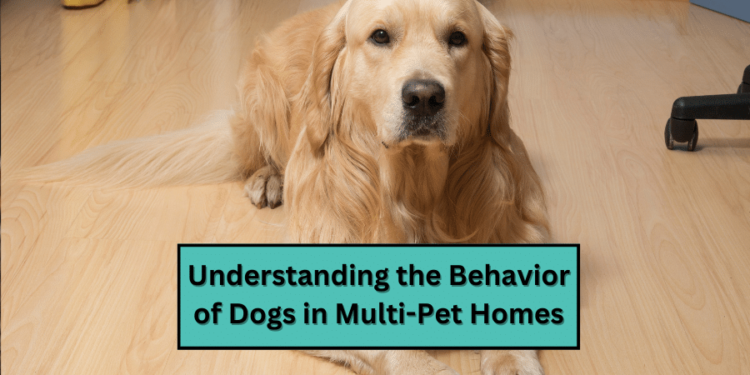
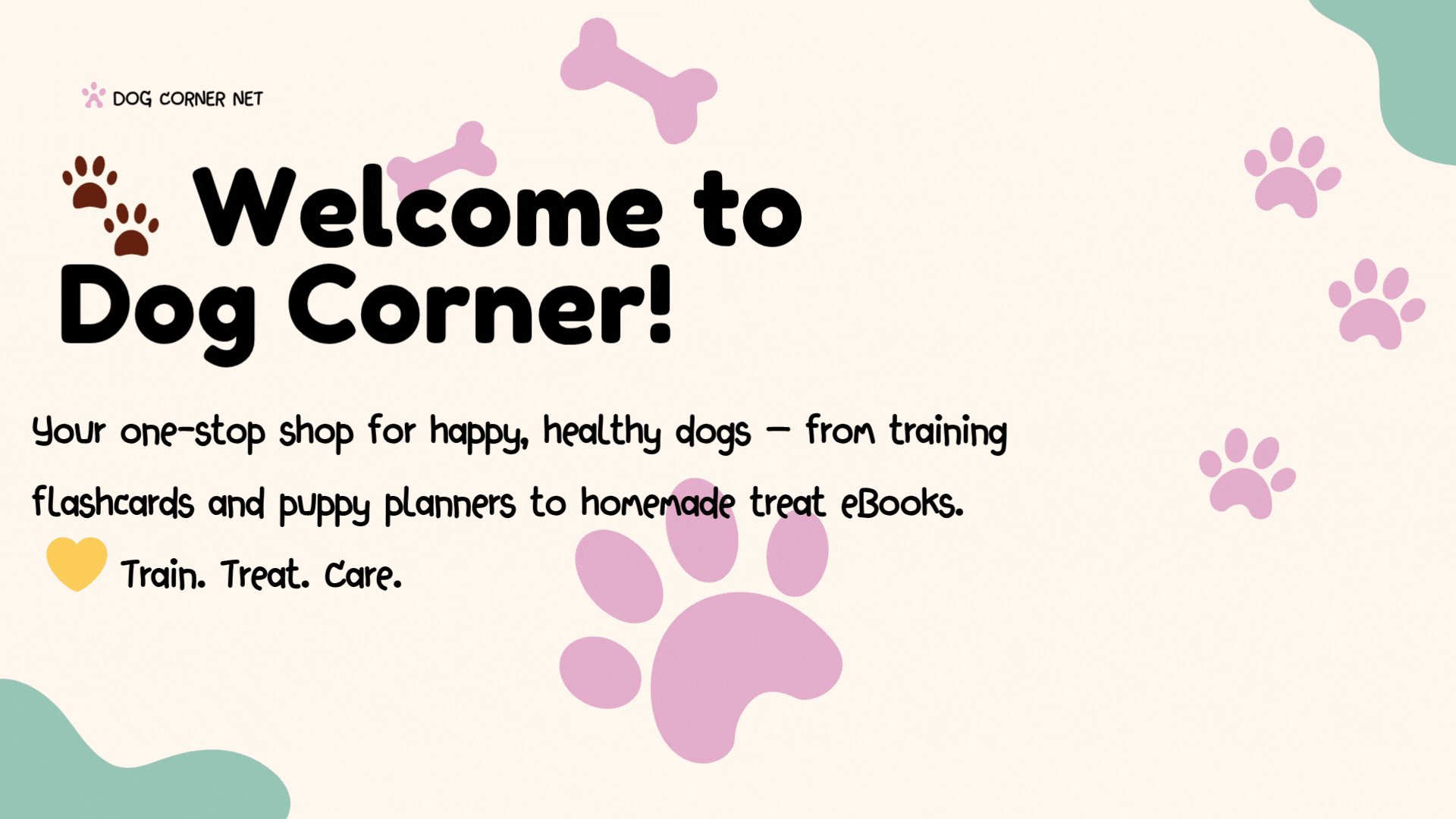







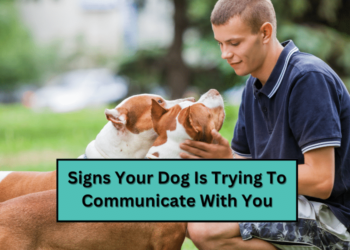
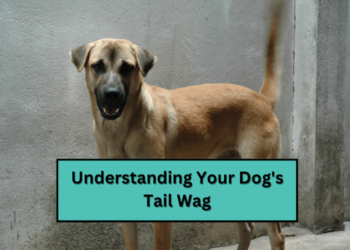

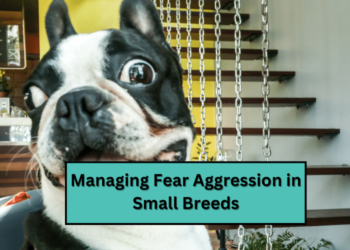













Discussion about this post